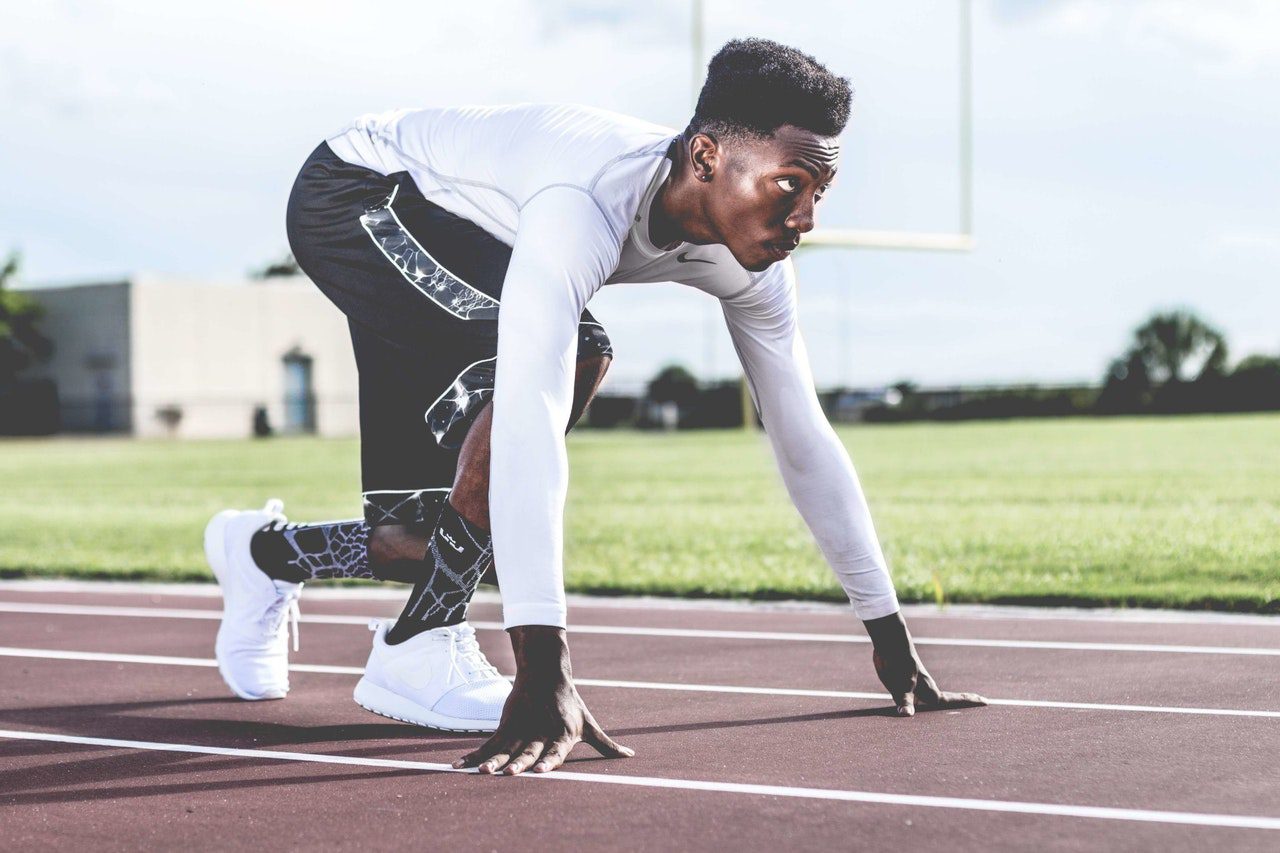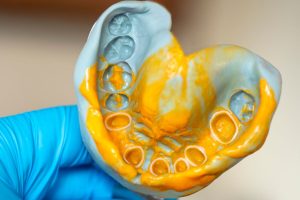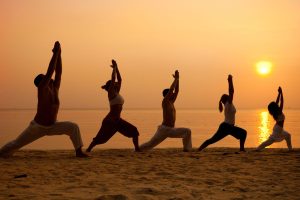Running is a popular form of individual and group fitness. It has fantastic cardiovascular benefits, it can allow you time and space to get away from the stress of your day, and you can build community if you train with a running group. The only problem with running is its high rate of injuries. Running injuries typically aren’t acute injuries, like getting clipped by a car, falling off a curb and landing wrong on your ankle, or colliding with another runner. Instead, running injuries are insidious, that is, they creep up on you over time. While some running injuries can be avoided with solid training principles like increasing your mileage slowly and taking rest and recovery days, other running injuries do sneak up on you and many don’t seem to shake out with stretching and foam-rolling.
The most common body region to experience a running injury is the knee. Almost all knee pain gets grouped into the throw-away diagnosis of “runner’s knee”. This diagnosis doesn’t tell us anything other than the obvious fact of the location of the injury. Same as “swimmer’s shoulder” which could be shoulder impingement, could be rotator cuff tear or overuse or could be bursitis, “runner’s knee” has many different causes. Did you know that two different patients could walk into a sports chiropractor in Oakland and point to the outer portion of their knee when asked to identify where they feel their pain, and the treatment could look entirely different?
In the first runner, the issue could ultimately be stemming from one or two joints in their foot that aren’t moving properly. That’s usually combined with a muscle imbalance in the foot and lower leg, which we can correct with therapeutic exercise. So a chiropractor would adjust the fixated joints in the runner’s foot and show the patient how to do their foot and ankle exercises and that could correct their knee pain since the issue is no longer traveling upstream.
In the second runner, their knee pain could be coming from an issue in the hips or glutes. Usually, there is a weakness in the medial gluteal muscles which control side-to-side pelvic drops. When one side is weak, the muscles on the other side of the body have to work overtime to compensate. Additionally, a chiropractor would often find that one or more joints of the pelvis were not moving properly, and chiropractic adjustments would be indicated to restore that motion. So if those two runners just looked up stretches on Youtube for knee pain, neither would be getting to the actual source of the problem. And without the initial evaluation at the sports chiropractor’s office, neither of them would have the full picture in mind of what was actually causing their knee pain.
You may be getting a sense after reading about these two different runners, that there is usually more than one thing that is contributing to a running injury pain. There are usually three main areas that need to be addressed when it comes to treating running injuries, and those three things are joint mobility, soft tissue mobility, and strength/stability.
The First Thing is Joint Mobility
Joint mobility needs to be assessed. This can be done through a range of motion testing, palpation, muscle testing, or via movement screens like the squat, lunge, or rotational tests. These screenings allow the doctor to pinpoint which joints are not moving ideally so that they can adjust those areas and then track progress over time.
The Second Thing is Tissue Mobility
If there are tight or restricted areas in the tissues (muscles, fascia, ligaments, or tendons), that can cause a lack of flexibility and strength in the area and will cause surrounding muscles to have to work harder to try to compensate. Tissue mobility restrictions can be found through palpation, range of motion testing, and other movement pattern screening. Once tissue restrictions are located, they can be treated through manual therapy. Manual therapy can include muscle work, proprioceptive neuromuscular facilitation (PNF) stretching, instrument-assisted soft tissue mobilization (IASTM) such as Graston, or joint mobilizations. Manual therapy will often be performed at the site of the pain as well as in surrounding systems, for example, a chiropractor may do manual therapy techniques in the tissues of the outer knee as well as in the tight hip/glute area that is the source of the issue.
The Third Thing is Building Strength and Stability in the Needed Areas
If a weak arch muscle group in the foot is never corrected, you could adjust someone’s foot every week for a month and never make any progress on resolving their knee pain. Getting a joint moving better is great, but if you don’t also build the strength through the area, it’s going to fall right back into its old patterns.
So the trifecta of running injury treatment is chiropractic adjustments, manual therapy, and strength/stability exercises to support the treatment plan.












